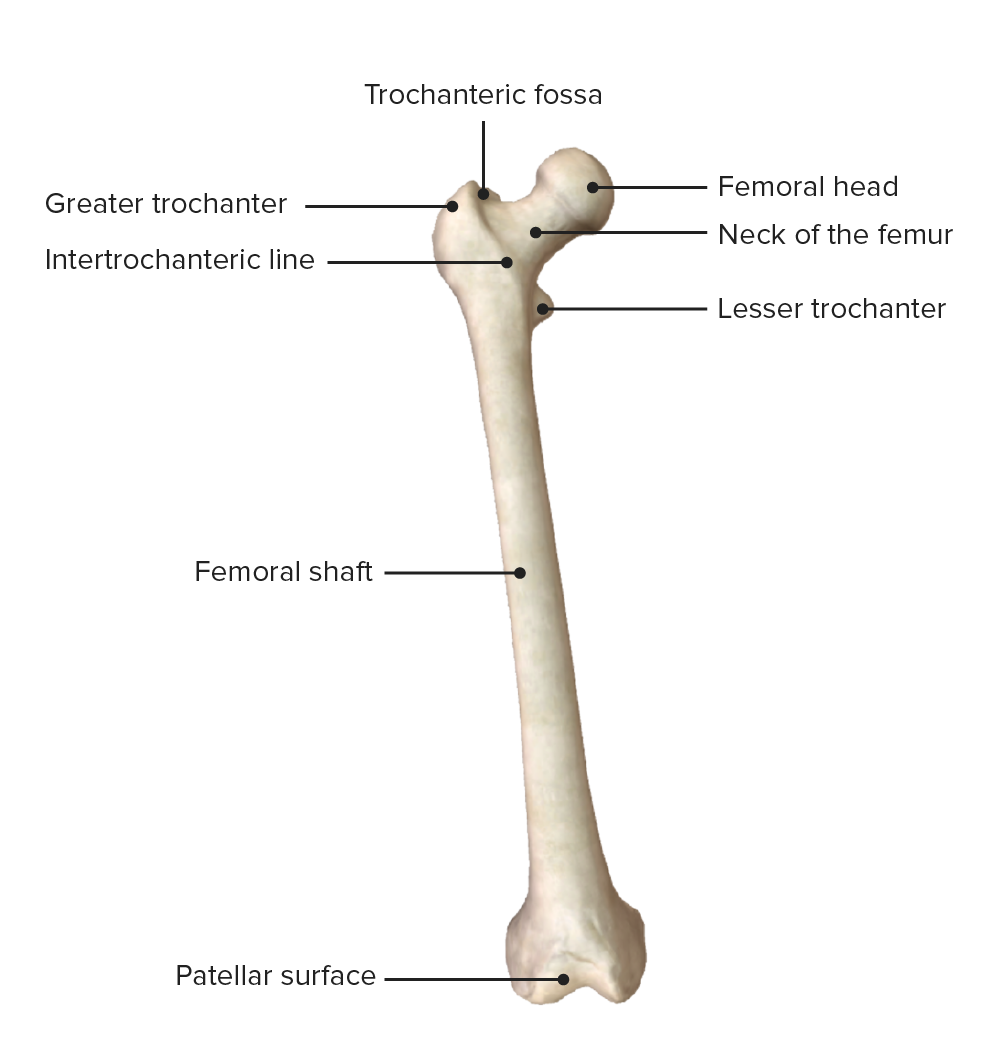Playlist
Show Playlist
Hide Playlist
Neurovasculature of the Gluteal Region
-
Slide Neurovasculature of the Gluteal Region.pdf
-
Reference List Anatomy.pdf
-
Download Lecture Overview
00:01 Now let's have a look at the neurovasculature of the gluteal region and how it leads then into the posterior thigh. 00:08 So before we look at this region, and again, here we're looking at the postural lateral aspects of the right gluteal region. 00:15 There are some important pathways we need to be sure of. 00:19 So to do that, we need to start adding in some ligaments to these bony structures. 00:23 To convert, what are these little notches and grooves into actual foramina because this means then structures can pass through these holes that have been created, these foramens. 00:35 So here we have the sacrospinous ligament and the sacrotuberous ligament. 00:40 The sacrospinous ligament is coming away from the ischial spine and it's passing towards the sacrum, so sacrospinous ligament from the sacrum to the ischial spine. 00:52 The sacrotuberous ligament is passing from the ischial tuberosity, to the sacrum, the sacrum to the ischial tuberosity. 01:00 We have these two ligaments, sacrospinous, sacrotuberous and these create two holes or foramena. 01:07 The greater sciatic foramen and the lesser sciatic foramen, and these holes are important because they allow muscles to pass through, and they also allow nerves and blood vessels to pass through. 01:19 So let's start adding in the structures. 01:21 First of all, passing out of the greater sciatic foramen, we have the piriformis muscle sitting above it now, we have the suprapiriform foramen. 01:31 Sitting beneath it, we have the infrapiriform foramen. 01:35 So now we've got some pathways where structures can pass out of the pelvis into the gluteal region. 01:42 If we then look at the lesser sciatic foramen, we see coming out of the lesser sciatic foramen is obturator internus. 01:49 So it leaves the inside of the pelvis and then goes towards the femur by passing through the lesser sciatic foramen. 01:57 So here we can now see obturator, internus, and piriformis. 02:01 We can start adding in some additional muscles. 02:03 So here we can now see superior gemellus, inferior gemellus, struggling, running either side of obturator internus, and then we have Quadratus Femoris, sitting most inferiorly. 02:15 If we were then add on some of the gluteal muscles, so now adding them on more superficially, we have gluteus minimus. 02:23 So now we can see all of these muscles in situ in their correct position. 02:27 We have gluteus minimus, we have gluteus medius, overlying this muscle as well remember, then we've got piriformis, superior gemellus, obturatorinternus, inferior gemellus and quadratus femorris. 02:39 What you can't see is would have obturator externus here as well. 02:43 Now if we add in the suprapiriform foramen sitting above piriformis, we can see how the superior gluteal nerve artery and vein can leave the pelvis and pass to gluteus minimus muscle. 02:55 We can then add in the infrapiriform foramen and we can see how the inferior gluteal nerve artery and vein can enter into this space as well. 03:03 Also leaving out the greater sciatic foramen deep to piriformis before it then descends anterior to superior inferior gemellus, obturator internus, quadratus femoris is the sciatic nerve we can see running down here. 03:17 We also have the posterior femoral cutaneous nerve. 03:20 What we can then add into this position is the lesser sciatic foramen. 03:24 We haven't spoken much about the lesser sciatic foramen, apart from how obturator internus leaves the pelvis through this route to go and attach to the femur. 03:33 But what we can also add in now is how the pudendal nerve and the internal pudendal artery and vein, they leave the pelvis but they need to enter a region which is now superficial to the pelvic floor. 03:46 We cover this in the abdominopelvic lectures. 03:49 But it's important to recognize in this space, you may be able to see the pudendal nerve, internal pudendal artery and vein. 03:56 As they leave the pelvis, they very briefly enter the gluteal region by leaving the pelvis through the greater sciatic foramen. 04:04 They then curve over the sacrospinous ligament to enter the perineum which is a structure superficial to the pelvis. 04:14 So now they're sitting underneath the pelvic floor. 04:17 And they do this by passing into the perineum via the lesser sciatic foramen. 04:23 It's a complicated arrangement. 04:25 And if you can find yourself a plastic over your pelvis, you can start building up these structures by using various gloves or pipe cleaners to mirror where these nerves and blood vessels and muscles would be located.
About the Lecture
The lecture Neurovasculature of the Gluteal Region by James Pickering, PhD is from the course Anatomy of the Gluteal Region.
Included Quiz Questions
What passes through the greater sciatic foramen? Select all that apply.
- Piriformis muscle
- Superior gluteal nerve
- Superior gluteal vein
- Sciatic nerve
- Quadratus femoris
Which structures pass through the lesser sciatic foramen? Select all that apply.
- Obturator internus
- Pudendal nerve
- Internal pudendal artery
- Sciatic nerve
- Gluteus medius
Customer reviews
5,0 of 5 stars
| 5 Stars |
|
5 |
| 4 Stars |
|
0 |
| 3 Stars |
|
0 |
| 2 Stars |
|
0 |
| 1 Star |
|
0 |





